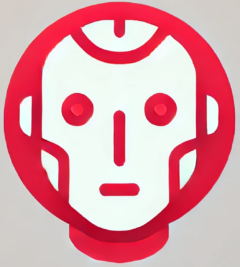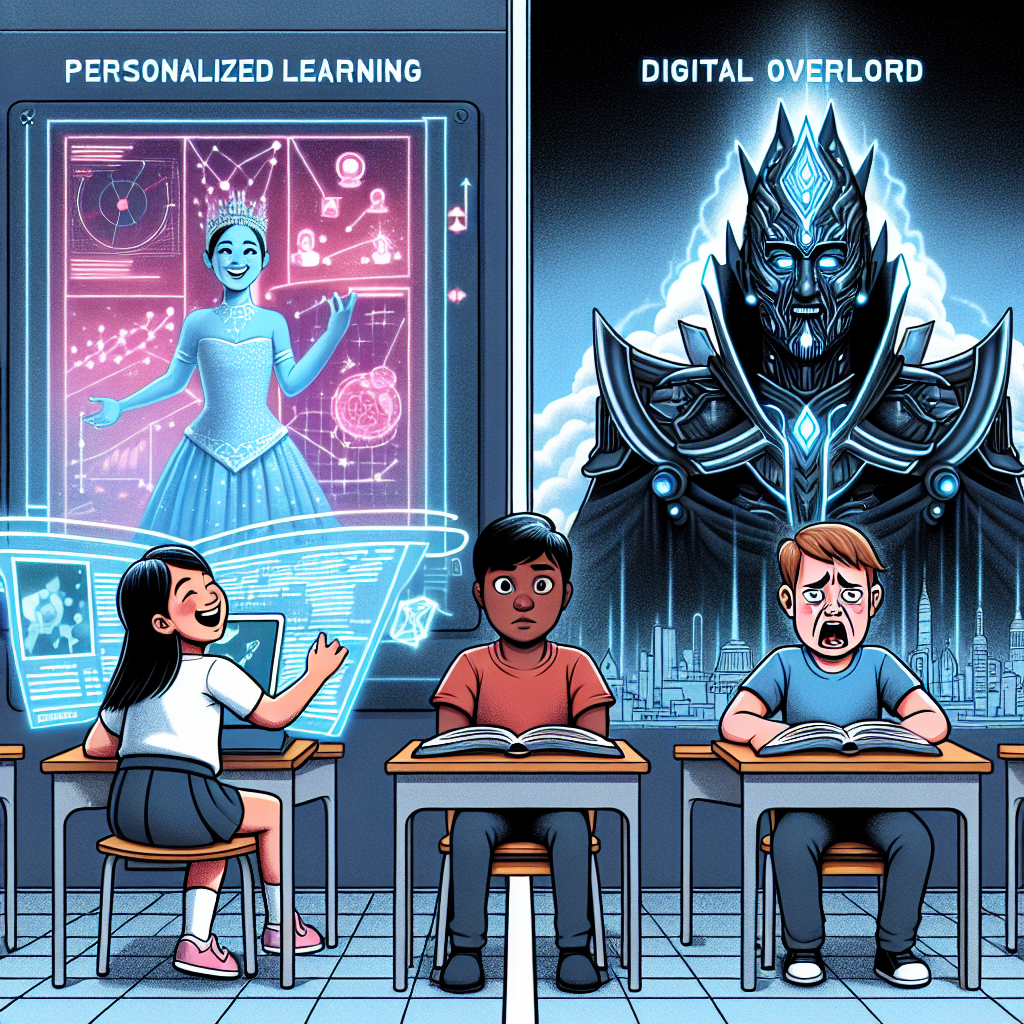AI Powered Education Reshaping Personalized Learning
In 1924, educational psychologist Sidney Pressey built one of the first “teaching machines” — a mechanical device that quizzed students with multiple-choice questions. Nearly a century later, we’ve moved far beyond crank-and-lever contraptions. Now, sophisticated AI-powered platforms are not only asking the questions but also analyzing responses, adjusting difficulty, and even predicting when a student is likely to struggle. AI powered education reshaping personalized learning is more than a trend. It’s a seismic shift in how learning is delivered, assessed, and adapted for every student.
How AI Is Personalizing Learning Like Never Before
Every student learns differently, a fact educators have known for decades. However, limited time and resources often make one-size-fits-all methods the norm. AI disrupts this model by providing real-time, data-driven personalization:
- Adaptive Learning Paths: AI algorithms modify lesson content based on individual performance, tailoring instruction to keep students challenged but not overwhelmed.
- Predictive Analytics: By identifying patterns in student behavior and progress, instructors can intervene before minor struggles become major roadblocks.
- 24/7 Access: Digital platforms powered by AI offer immediate support and explanations, reducing dependency on classroom schedules or limited teacher bandwidth.
For learners with specific needs—such as students with dyslexia or non-native language speakers—AI tools can provide additional scaffolding that traditional classrooms simply can’t offer at scale.
Teachers and AI: Conflict or Collaboration?
Contrary to dystopian fears, AI in education doesn’t aim to replace teachers—it’s here to empower them. With AI handling administrative and repetitive tasks (like grading quizzes or generating performance reports), instructors can focus on more human-centric parts of teaching: mentorship, creativity, and social-emotional learning.
Yet, this raises valid concerns over data privacy, algorithm transparency, and decision-making delegation. Who ensures the AI avoids bias? How much control should it have over what students see and learn?
Opportunities and Ethical Boundaries
While the opportunities are immense, so are the ethical questions. Surveillance-style tracking of every mouse click might help optimize learning—but at what cost to student autonomy and privacy? Educational equity could improve, but only if access to AI tools is distributed fairly across socioeconomic boundaries.
These complex debates underscore the importance of ongoing oversight and responsible implementation. Organizations like EdTech Hub are leading the charge in researching effective and ethical uses of technology in classrooms worldwide.
The Future of AI-Powered Learning
AI powered education reshaping personalized learning isn’t a speculative future—it’s already unfolding. From language-learning apps powered by natural language processing to deep-learning models capable of tutoring in STEM subjects, the educational playground is rapidly evolving.
As we stand at this crossroads, the key isn’t resisting change but shaping it responsibly. With the right balance of innovation and oversight, AI in education has the potential to unleash a truly personalized learning revolution—one that benefits not just the highest achievers but every curious mind in the digital classroom.

